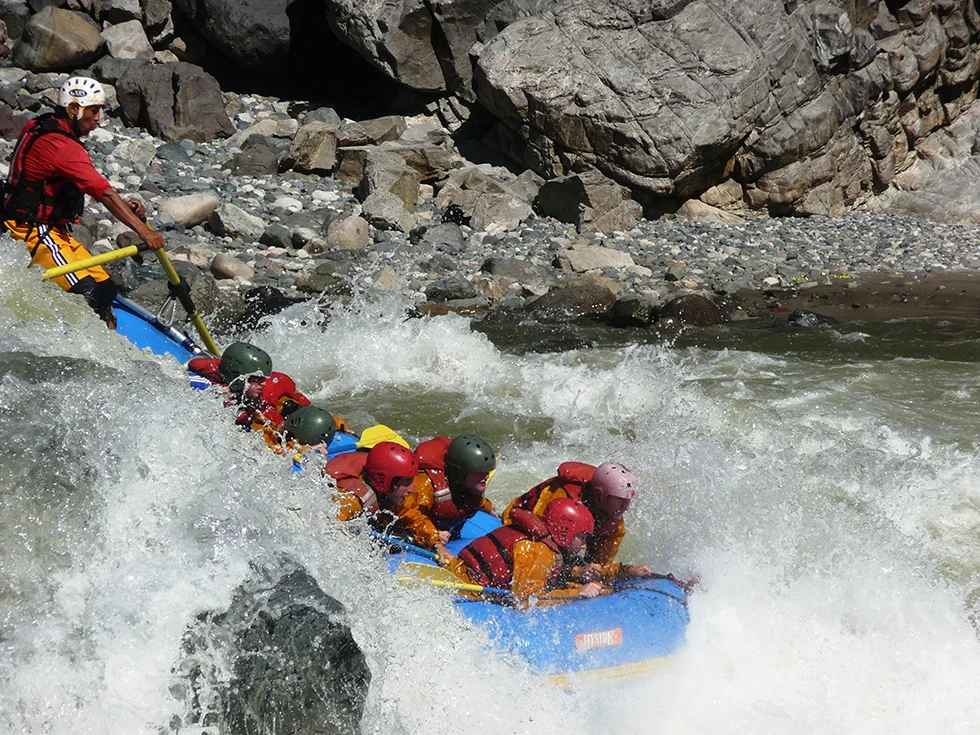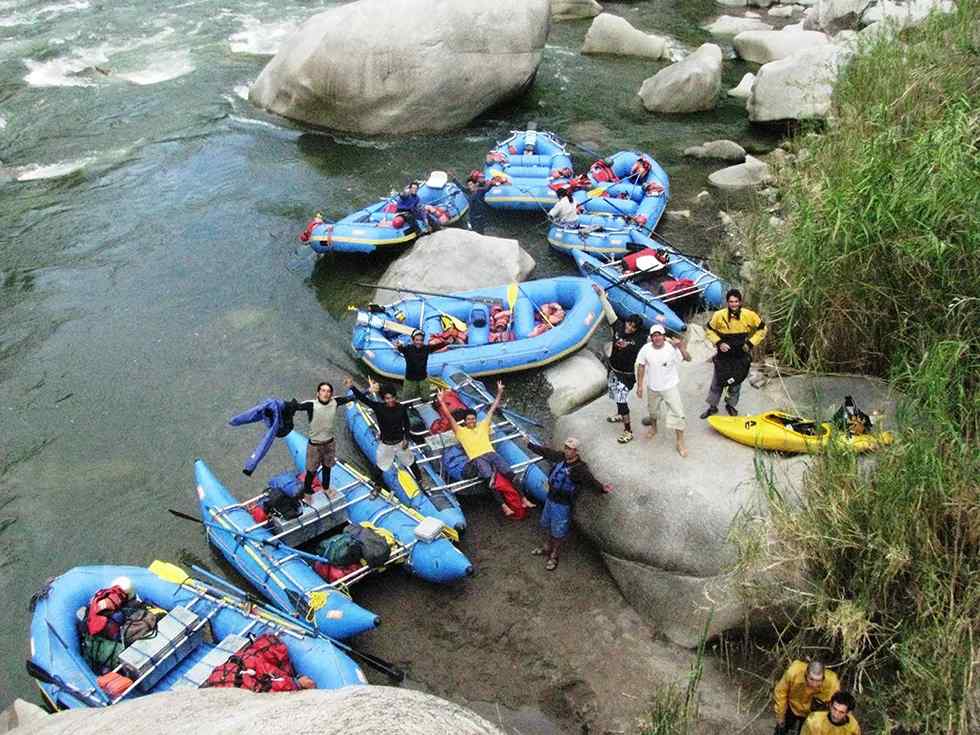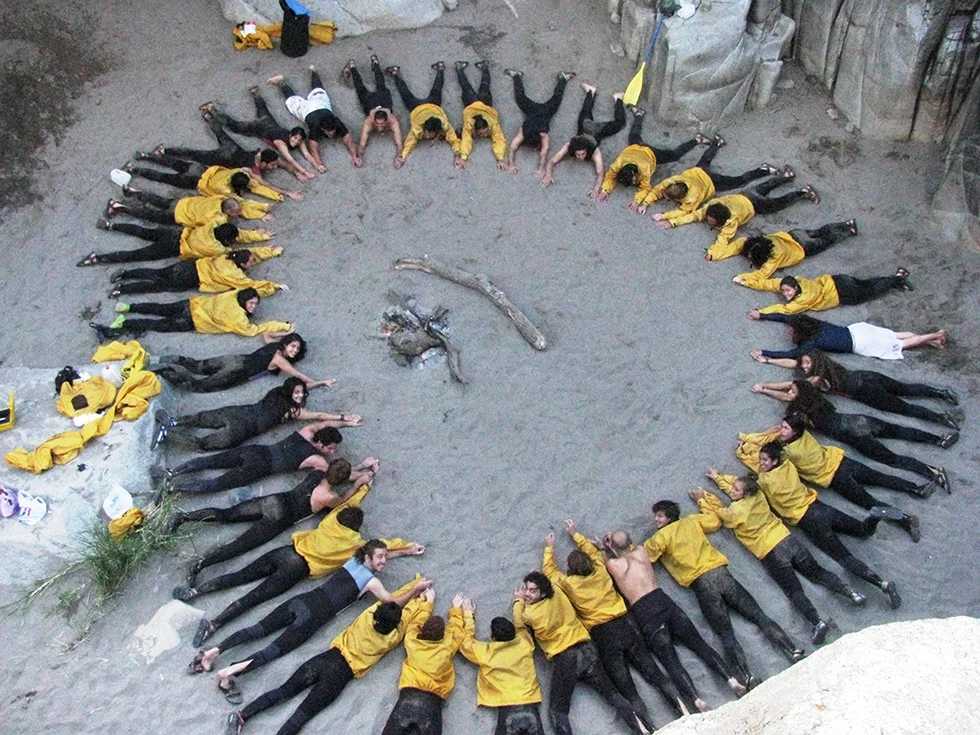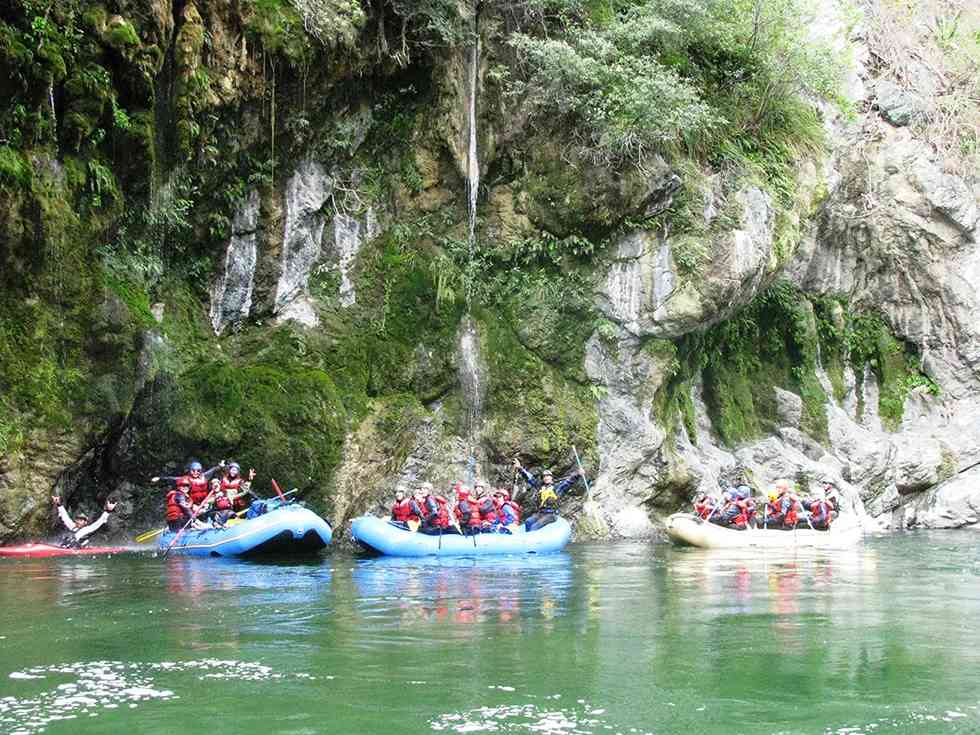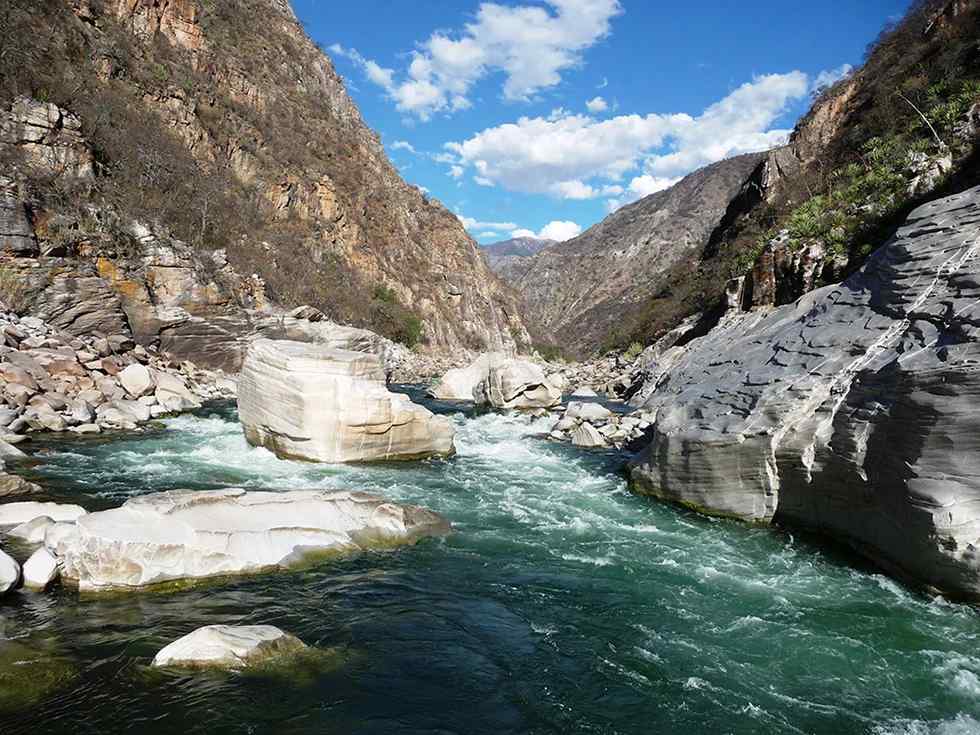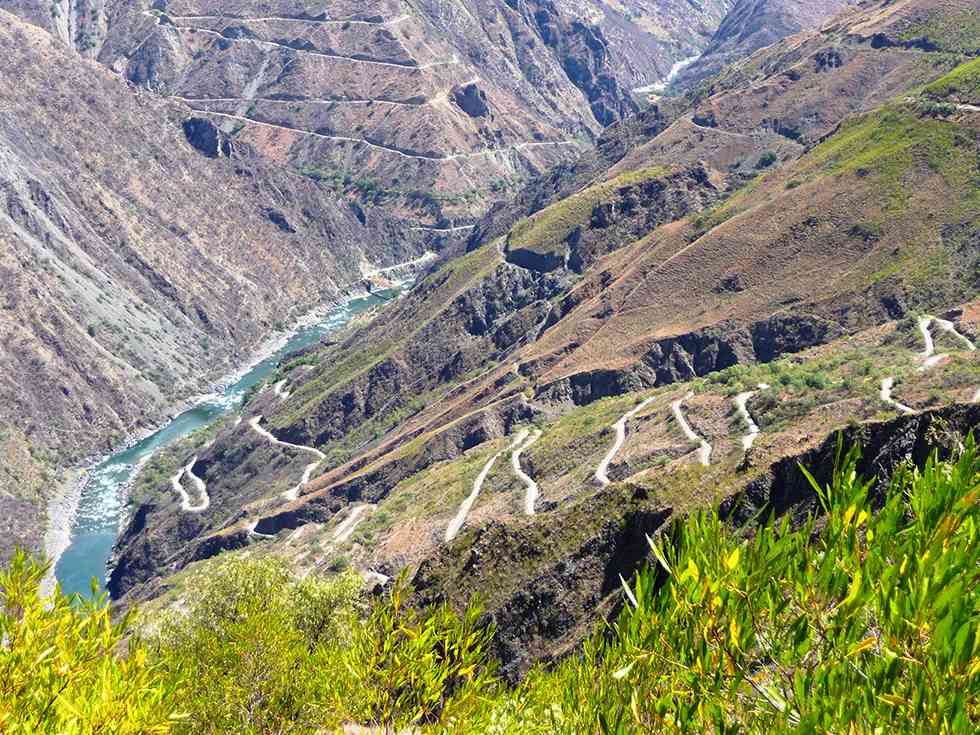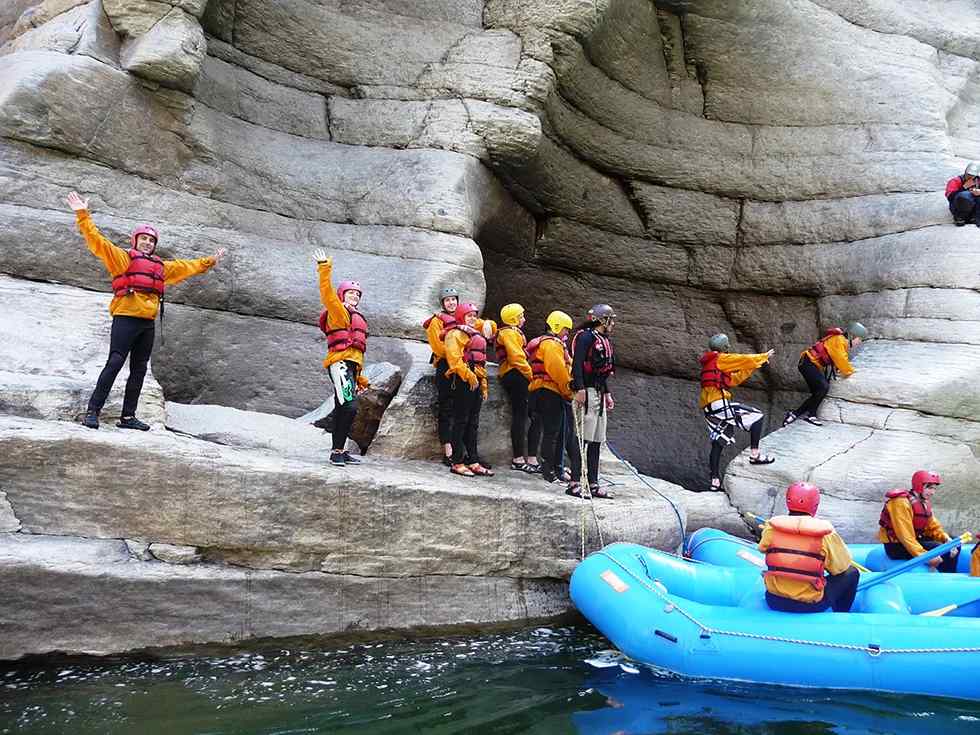Dates: May to November
Price: $360 per person
Highlights
- Experience the Incas' most powerful oracle.
- Navigate Class V rapids through canyons.
- Camp on beaches amid breathtaking landscapes.
- Enjoy thrilling wilderness adventure.
- Witness majestic Andes beauty.
The Apurimac River, whose name in Quechua means “Great Speaker” or “Oracle,” is considered the most powerful of the Incas oracles which spoke through tremendous river rapids. This majestic river descends violently from 5,000 meters into a gigantic gorge, forming one of the most impressive spectacles of nature. The Apurimac has its most distant source in the Snowy Misti (5,597 m) in the Arequipa region and flows northwest, eventually joining the Amazon River system on its journey to the Atlantic Ocean.
This sacred Inca river offers a challenging adventure through pristine wilderness. With no large settlements along its banks, the Apurimac presents nothing but pure, untamed nature. From its lofty source where it begins its journey through pastoral valleys until it starts its meanderings through the depths of the jungle, the river cuts through wild gorges and canyons, with almost inaccessible cliffs and gigantic walls that reach toward the peaks of the Cordillera Vilcabamba at more than 13,200 feet.
The three-day journey begins with a drive through dramatic Andean landscapes and villages to reach Huallpachaca Bridge (1,700 feet), where the rafting adventure begins. The first day offers a gentle introduction with Class II and III rapids before camping by the shore. Day two brings adrenaline-pumping excitement through spectacular canyons and legendary Class V rapids with names like “Z,” “Laberinto,” and “Dolor de Muelas.” The final day challenges even the most experienced rafters with famous rapids such as “Ultima Sonrisa” and “Babalua Carajo!” before the canyon opens up to the take-out point. Throughout the journey, the towering cliffs, crystal clear waters, and the powerful spirit of the “talkative God” combine to create an unforgettable Peruvian adventure.
Sample Itinerary
Day 1: Cusco to Apurimac River
We travel by private bus to our put-in at Huallpachaca Bridge (1,700 feet). The journey takes us through dramatic Andean landscapes and traditional villages. We reach the Apurimac River around midday for lunch and preparation of our rafting gear. We’ll float for approximately 2 hours, navigating Class II and III rapids, before setting up camp by the shore. Meals: Breakfast, Lunch, Dinner.
Day 2: Apurimac River Adventure
After breakfast, guides provide a thorough orientation briefing before we begin our exciting adventure through the spectacular canyon. This is an adrenaline-pumping day as we encounter big rapids. The impressive canyon with towering cliffs and massive boulders creates legendary Class V rapids including “Z,” “Laberinto,” and “Dolor de Muelas.” After an exhilarating day, we camp at a relaxing sandy beach. Meals: Breakfast, Lunch, Dinner.
Day 3: Apurimac River to Cusco
On our final morning on the river, we descend the famous Class IV-V rapids known as “Ultima Sonrisa” and “Babalua Carajo!” As the canyon opens up, we reach our take-out point where a vehicle awaits to transport us back to Cusco. Return to hotel. Meals: Breakfast, Lunch.
What’s Included
- All transfers on scheduled arrival and departure days
- All meals as indicated in the itinerary (B: Breakfast, L: Lunch, D: Dinner)
- Professional river guides and safety kayakers
- Rafting and camping equipment
- Tents
- Safety equipment
What’s Not Included
- International airfare
- Airport taxes
- Sleeping bag and pad
- Personal expenses
- Personal gear
- Gratuities for guides
- Hotel accommodations in Cusco

